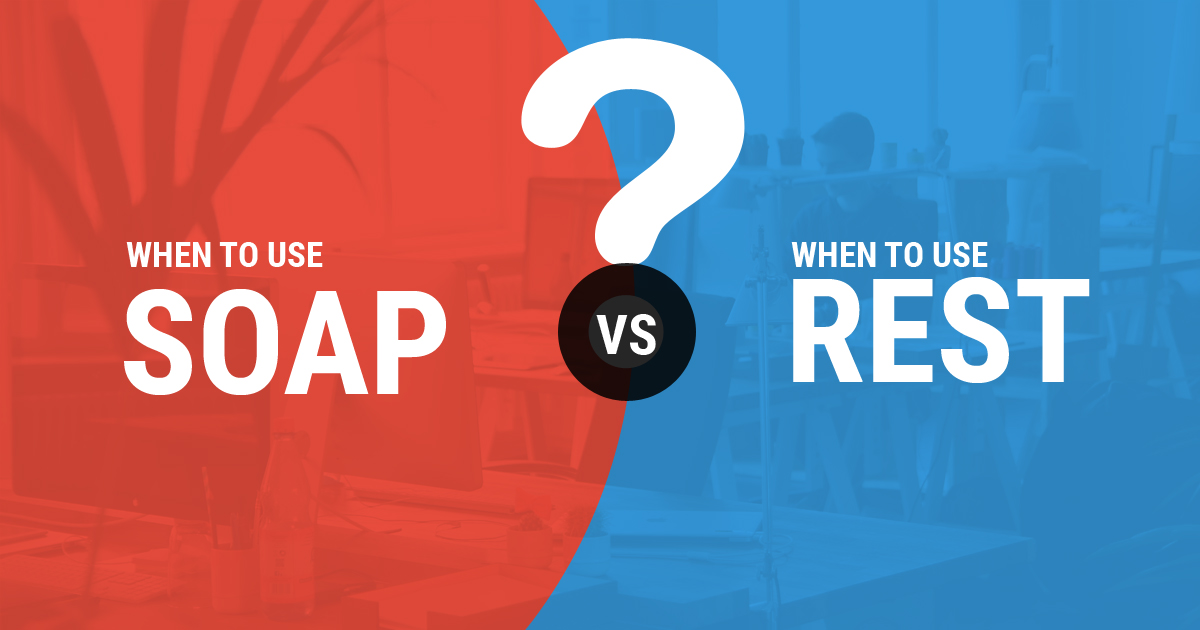

Hell, there's even a SQL Server plugin that pretends Salesforce is just a regular database with ODBC driver so you fire normal SQL queries, updates etc. (then again these might be an overkill too). Maybe even you'll decide to use with some integration solution like dataloader.io, jitterbit, informatica. That DataLoader is pretty much a thin UI wrapper over a JAR file you can just directly use? And it supports all operations you need. REST would let you use OAuth flows - it never hurts to not have to save the password in your program. With SOAP you need the username + password + sometimes token. One advantage I can think REST API has would be authentication. Did you know you can script the DataLoader to run from console (including cron jobs / windows task scheduler?). In SOAP API you specify it in the message header, in REST - as a HTTP header. Consider bulk API when you're talking about +100K records.Īnd even then probably you wouldn't hand-craft it anyway but maybe reuse something. It's doable but seems to be bit of an overkill for your situation. In the end you can find your valid SOAP EndPoint. From Setup->API->Generate Enterprise WSDL-> Generate WSDL. You submit a job, it's queued for processing, you get back job id, you need to periodically check the status, download results, process them (unzip etc). Hello Frank, Just a guess since im not sure how does your sandbox looks like. Much better.īulk API would let you do it in 1 chunk of up to 10K records. Right, so potentially we're looking at 5K/200 = 25 requests / day.

Might be less important if it's a cron job though. "All or none": do you want to save what you can in that batch of N records or it should be all or nothing, proper database rollback if something goes wrong? In SOAP API you specify it in the message header, in REST - as a HTTP header.
#Sfdc soap vs rest update
You'll save on API calls (rolling limit through 24 hours), it'll be faster (less overhead introduced by network traffic).Įrror handling: If your update fails - they'll all give you the errors on same position in the returned message (5th input record -> 5th success/error record) so you can match stuff even if it'd be insert and not update (because with updates the errors also include Ids).
#Sfdc soap vs rest code
So first consider restructuring your code to send more in each update. Request size: They both support sending more than 1 record at a time, up to 200 in fact. Pick what you feel more comfortable with / which Java libraries you know better. SOAP API and REST API have identical or nearly identical capabilities. Could you please provide me with a best source code sample to learn with and explore this integration stuff.

Simple practical scenario for SOAP and REST will help with example. I think you're looking wrong at the APIs. Code+1 SOAP vs REST API Hello All, I would like to do an hands on with a working solution using SOAP API and REST API.


 0 kommentar(er)
0 kommentar(er)
